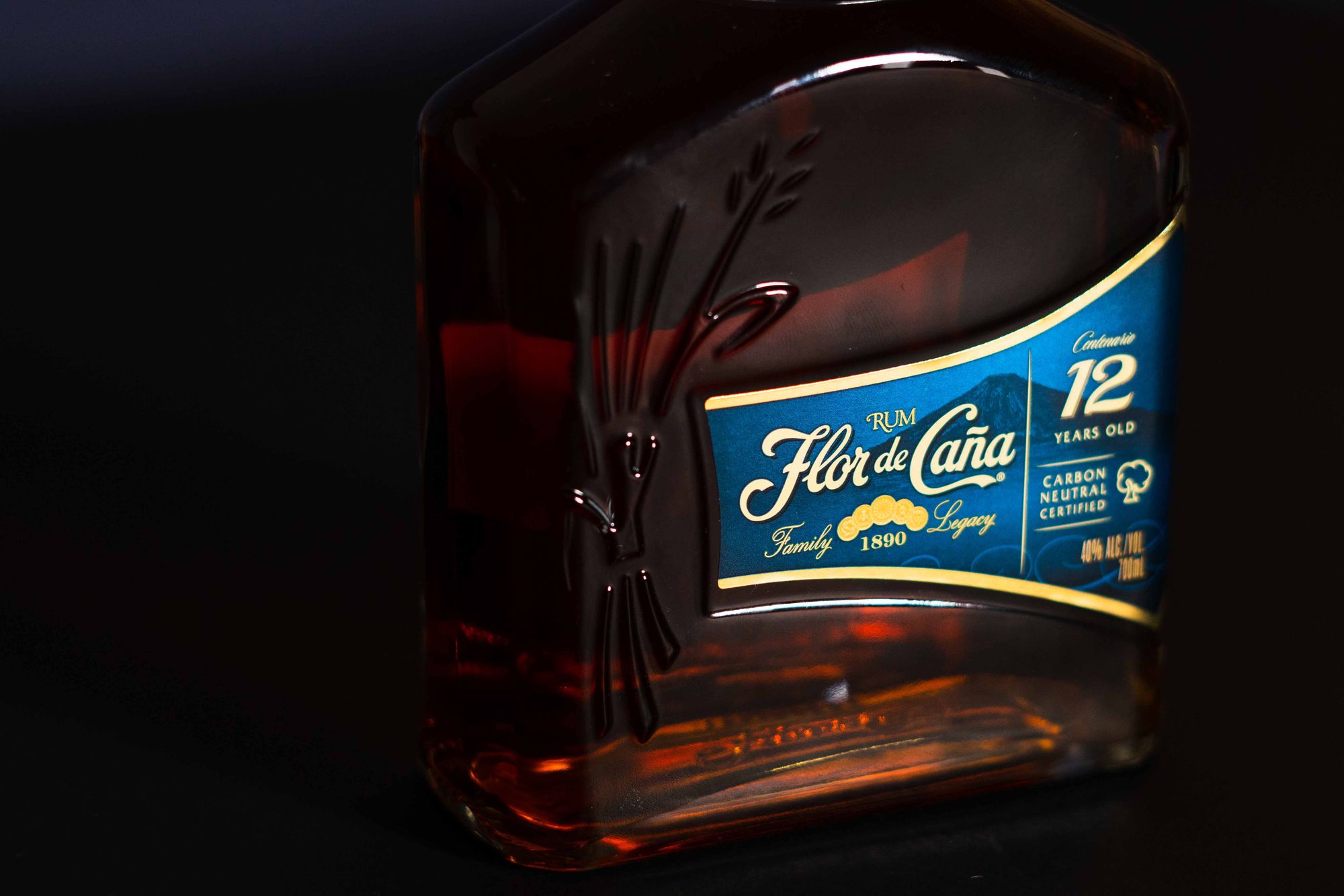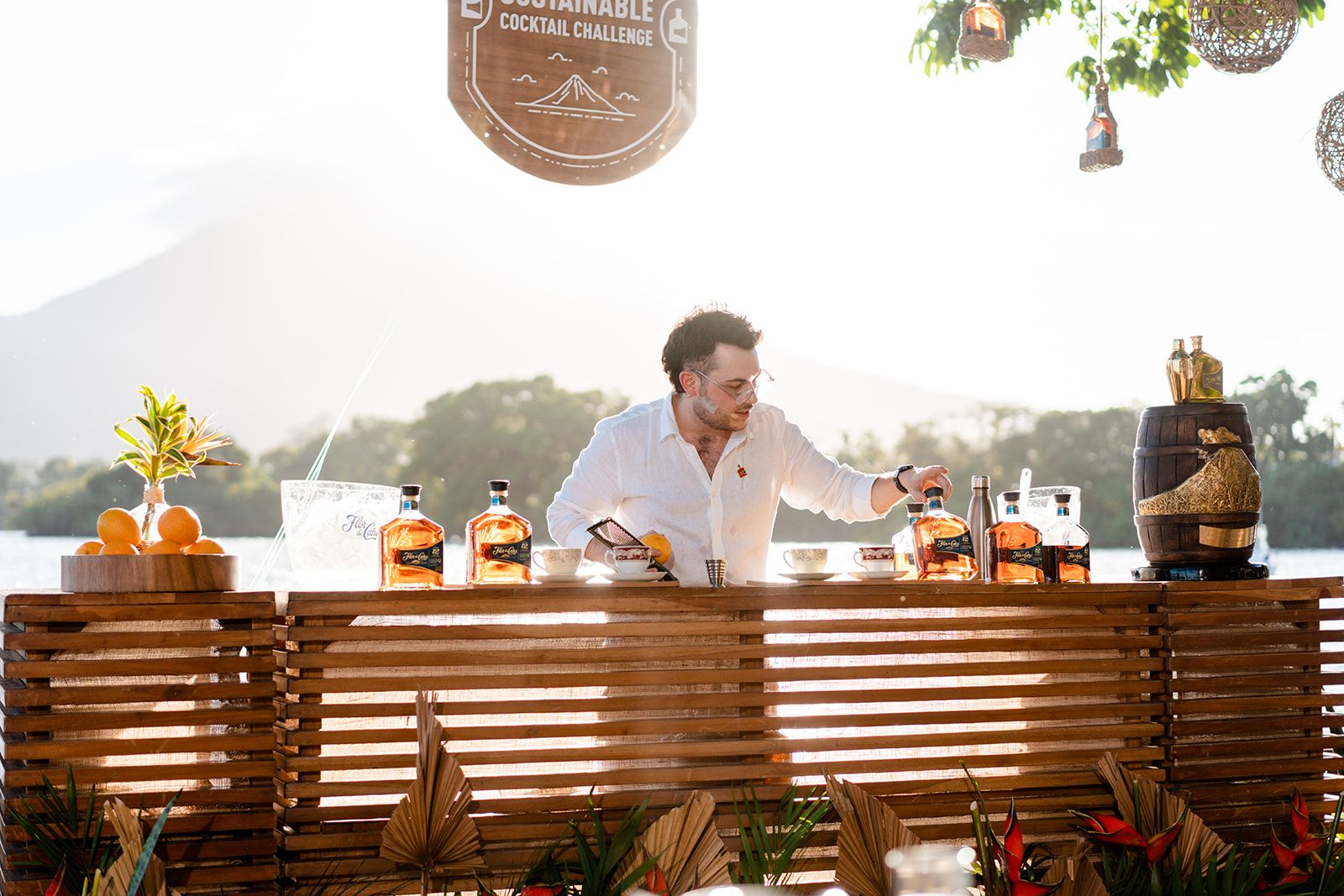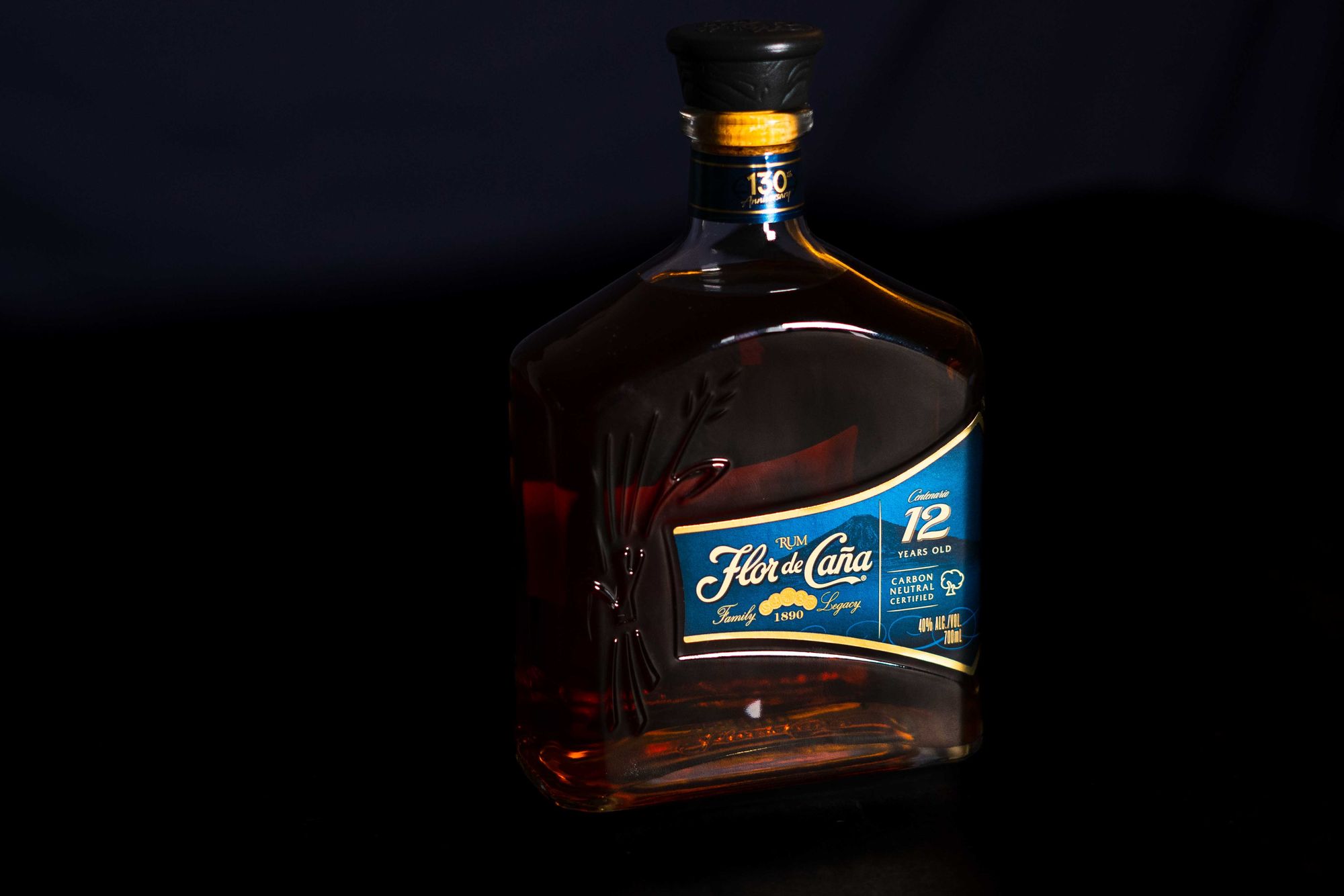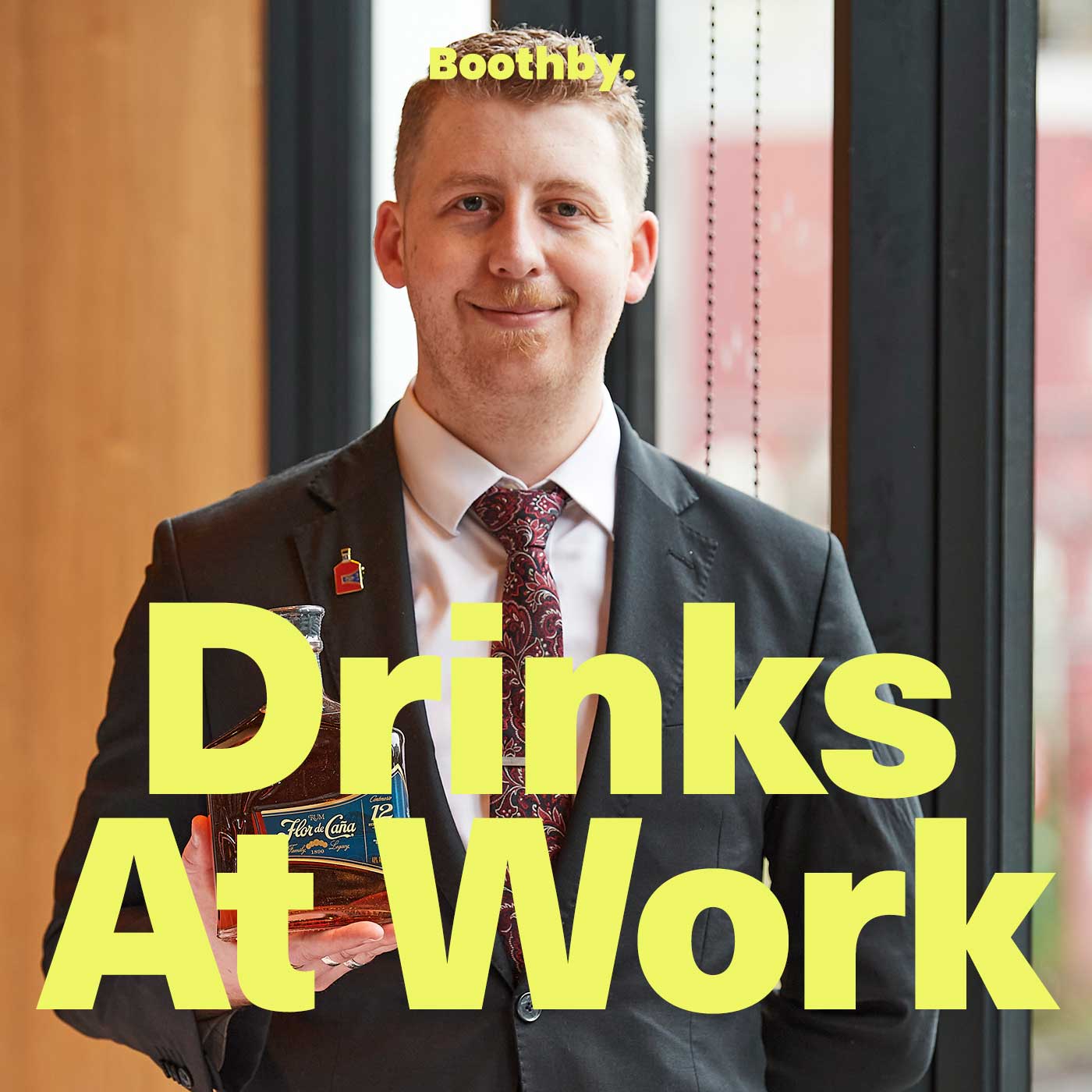Product dive: how Nicaragua’s Flor de Caña 12 Years Old is made
Take a dive into the history, context, and methods that go into each bottle of Flor de Caña 12 Years Old.

For the third year running, premium rum brand Flor de Caña has kicked off its Sustainable Cocktail Challenge to find the next champion of sustainable and delicious drinks. Registrations are open until June 15 for the Australian selection, and bartenders must register their cocktail creation online at www.flordecanachallenge.com.
The world of rum can be both delicious and, often, a little tricky to navigate. For one, there is no clear, defined regulation that spans across all the areas around the world where rum is produced. This means that you’ll come across many different styles of rum, each with their own quirks and flavour profiles.
But we’re talking here about the pride of Nicaragua, Flor de Caña. So we’ll narrow in on the Flor de Caña 12 Years Old bottling, consider its history and context, where it comes from, and how it’s made.

The Context
I think it’s fair to say that Flor de Caña is a popular brand with bartenders. The rum hails from Nicaragua, which bridges the Pacific Ocean and the Caribbean Sea in Central America, and the beginnings of Flor de Caña were laid when in 1890, founder and Italian expatriate Alfredo Francisco Pellas Canessa took over a sugar mill in Chichigalpa, some three hours north from the country’s capital, Managua.
But it wasn’t until 1937 that the Flor de Caña brand was first introduced in Nicaragua. The brand is still family owned, and is now onto its fifth generation. The company that owns the brand, Compañía Licorera de Nicaragua, is helmed by Carlos Pellas Chamorro. He holds the distinction of being the country’s first billionaire, and has been the driving force behind the sustainability efforts of the distillery.
#Sustainability
If you look at the bottle, you might notice that the bottle carries a Fair Trade Certified Aged Product logo — but what exactly does that mean? It’s a certification from Fair Trade USA, which applies to products which use agricultural products from farms that have obtained Fair Trade certification, but using those products that pre-date the farm’s certification.
Fair Trade USA is a non-profit organisation which certifies products that comply with fair trade standards around sustainable farming, farmer and worker well-being and environmental standards.
And sustainability is a big focus for the brand. The distillery is fired by biogas made from bagasse, the leftovers from the sugar making process, and the distillery is carbon neutral. It has been Fair Trade certified since 2017.

How is Flor de Caña made?
Look up Flor de Caña on the web and you’ll quickly stumble upon flowery descriptions of the distillery’s location; set at the foot of San Cristobal, an active volcano in Chichigalpa, Nicaragua, the sugarcane for the molasses that goes into making Flor de Caña rum is grown next door.
The molasses is fermented for between 48 and 72 hours with a proprietary house cultivated yeast. It is then column distilled five times, and aged in ex-bourbon barrels on site. It’s a big estate, we’re told, and the whole process — from the sugarcane growing through to ageing and bottling — takes place here.
It’s also worth noting that while the Company Licorera de Nicaragua distillery in Chichigalpa may sell bulk spirit to other companies, the only spirit produced on site is rum.
There’s no dosage going on here. That means that, unlike other aged rum brands on the market, no sugar is added to Flor de Caña 12 Years Old; any lingering touch of sweetness here is derived from the ageing process.
Sometimes, in the world of rum, the issue of age statements can be a tricky one. But having contacted the distillery, here’s what we know about Flor de Caña 12 Year Old: whilst it might contain rums older than 12 years, the minimum age of any rum in the blend is 12 years old.
Overseeing this whole process is Flor de Caña’s maestro ronero, Tomas Cano. He has been with the distillery for 35 years, and is the person responsible for the ageing of the rums and ensuring the consistency of flavour in every bottle.

Tasting Notes — Flor de Caña 12 Year Old
What they say: It’s a full-bodied rum, with a reddish amber colour. There are aromas of red fruits, honey and toasted nuts on the nose, whilst on the palate, you’ll find notes of wood, vanilla and baked apples, with a smooth and well-balanced finish.
The Boothby view:
On the nose, lifted aromas of nuts, caramel, vanilla and nougat, a little grass note.
The palate is medium to full-bodied, with big flavours of caramel, vanilla and a lick of orange peel.
The finish is medium-long, with a pleasant wood spice that lingers.
The Flor de Caña Sustainable Cocktail Challenge is open — and you could win $10,000USD
For the third year running, premium rum brand Flor de Caña has kicked off its Sustainable Cocktail Challenge to find the next champion of sustainable and delicious drinks. Registrations are open until June 15 for the Australian selection, and bartenders must register their cocktail creation online at www.flordecanachallenge.com. More information about the challenge can be found on the website. May the best bartender win!
The Australian winner will go on to Nicaragua and the global final in February 2024, and compete for the title of Flor de Caña World’s Most Sustainable Bartender — and a whopping $10,000 USD prize.
Entries close June 15 — visit www.flordecanachallenge.com for more.



